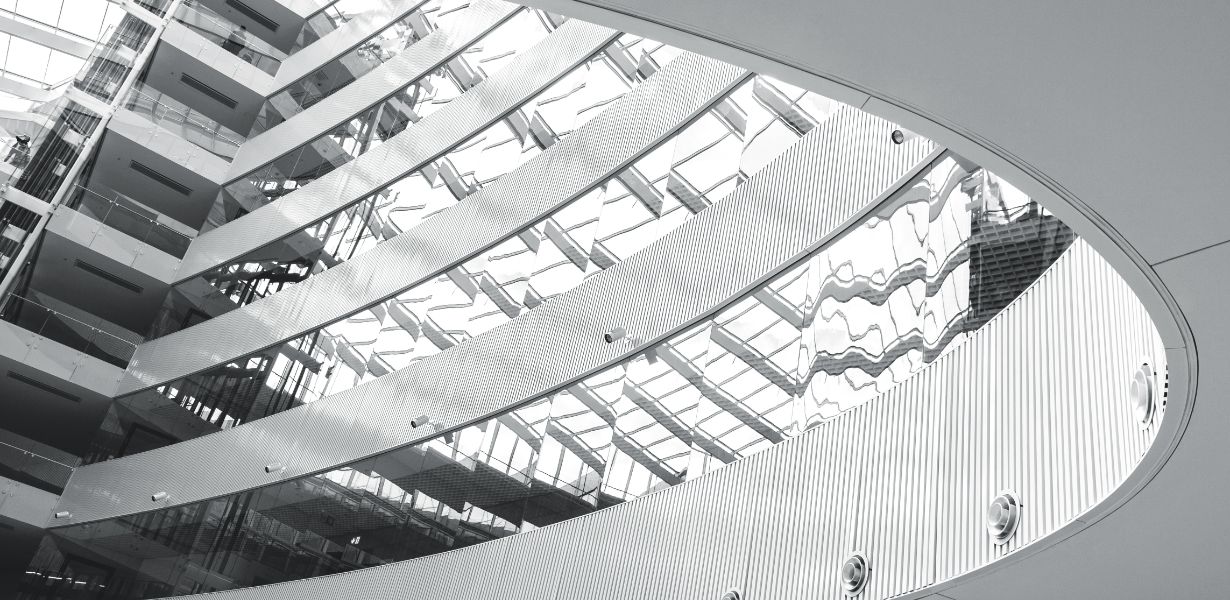
In the ever-evolving realm of architecture, the pursuit of excellence is an unceasing journey. We delve into the intricate world of modern architecture, where innovation meets aesthetics, to explore the dynamic forces shaping the future of our built environment.
The Evolution of Modern Architecture
Modern architecture is not just a style; it's a philosophy that marries form and function in a harmonious blend. With the 21st century unfolding before us, architectural designs have transformed significantly. Contemporary architects are breaking boundaries, and with each stroke of genius, they are redefining the landscape of our cities.
The Fusion of Nature and Design
One of the key drivers of modern architecture is the integration of nature into urban landscapes. Architectural visionaries are weaving sustainability into the core of their designs. Green roofs, vertical gardens, and energy-efficient materials are no longer futuristic concepts; they are the foundations of today's architectural masterpieces.
Technological Advancements in Construction
The construction industry is undergoing a digital revolution, with Building Information Modeling (BIM) leading the way. This technology enables architects to create detailed 3D models, enhancing precision and minimizing errors. The result? Remarkable structures that stand tall with a unique identity.
Aesthetics Meets Functionality
The heart of modern architecture lies in its ability to infuse functionality with artistic expression. The utilization of glass, steel, and concrete in unprecedented ways is giving rise to breathtaking skyscrapers, museums, and residential spaces. Spaces that not only serve a purpose but also captivate with their design.
Embracing Minimalism
Minimalism is the mantra of the modern architect. The ‘less is more' approach is a hallmark of contemporary design. The reduction of clutter, clean lines, and open spaces create an ambiance of serenity and sophistication.
Incorporating Cultural Influences
Architects are increasingly turning to cultural and historical elements for inspiration. The fusion of traditional aesthetics with modern design principles results in structures that celebrate diversity and heritage while looking to the future.
Sustainable Structures: Pioneering the Green Revolution
As we move forward, the call for sustainability echoes loudly in the world of architecture. Our focus is on creating eco-friendly buildings that not only reduce the carbon footprint but also enhance the quality of life.
Net-Zero Buildings
Net-zero buildings are at the forefront of sustainable architecture. These structures produce as much energy as they consume, thanks to renewable energy sources like solar panels and wind turbines.
Vertical Forests
Vertical forests are transforming urban spaces. These towering structures are adorned with greenery, acting as natural air purifiers and creating a healthier environment for inhabitants.
Passive House Design
The passive house design principles prioritize energy efficiency through superior insulation and airtightness. This approach not only reduces energy consumption but also lowers utility bills for residents.
Adaptive Reuse
Preserving historical buildings while giving them a modern purpose is a testament to sustainable architecture. The adaptive reuse of old structures reduces the need for new construction and preserves the architectural heritage.
The Future of Skyscrapers: Reaching New Heights
Skyscrapers have always been a symbol of human progress and innovation. In the world of modern architecture, these colossal giants are reaching new heights, both literally and figuratively.
Vertical Cities
The idea of vertical cities is gaining momentum. These super-tall structures are not only places of residence but also hubs for commerce, entertainment, and green spaces. They represent a self-contained urban ecosystem.
Eco-Sensitive Skyscrapers
Skyscrapers are becoming green in more ways than one. Advanced materials, along with energy-efficient systems, are being employed to make these towering structures sustainable, setting an example for future developments.
Challenges and Solutions
Even in the realm of modern architecture, challenges persist. From environmental concerns to budget constraints, architects must navigate various obstacles to turn their visions into reality.
Environmental Impact
The use of energy-intensive materials and the destruction of green spaces have a significant environmental impact. Sustainable designs and materials are the solution to reduce this burden.
Budget Constraints
Balancing innovative design with budget constraints is a common challenge. Architects must find creative solutions to ensure their designs remain economically viable.
Final Words
As we navigate the dynamic world of modern architecture, it is evident that the future holds boundless possibilities. Architects, engineers, and visionaries are working tirelessly to create sustainable, awe-inspiring structures that transcend time. The evolution of architecture is a testament to our unwavering commitment to building a better future.
Commonly Asked Questions
1. What is the significance of sustainable architecture in modern design?
Sustainable architecture plays a crucial role in reducing the environmental impact of buildings. It promotes energy efficiency, the use of eco-friendly materials, and designs that coexist harmoniously with nature.
2. How do architects incorporate cultural influences into modern designs?
Architects incorporate cultural influences by drawing inspiration from local traditions, history, and art. This fusion of cultural elements adds depth and uniqueness to modern architectural designs.
3. What are some examples of iconic modern skyscrapers?
Iconic modern skyscrapers include the Burj Khalifa in Dubai, the Shard in London, and the One World Trade Center in New York City, each pushing the boundaries of architectural innovation.
4. What role does technology play in modern architecture?
Technology, particularly BIM (Building Information Modeling), enhances precision in design and construction. It also enables architects to visualize and analyze their projects in unprecedented detail.
5. How can individuals contribute to sustainable architecture in their homes?
Individuals can contribute by using eco-friendly materials, incorporating energy-efficient systems, and embracing green building practices in their home renovations and construction projects.





